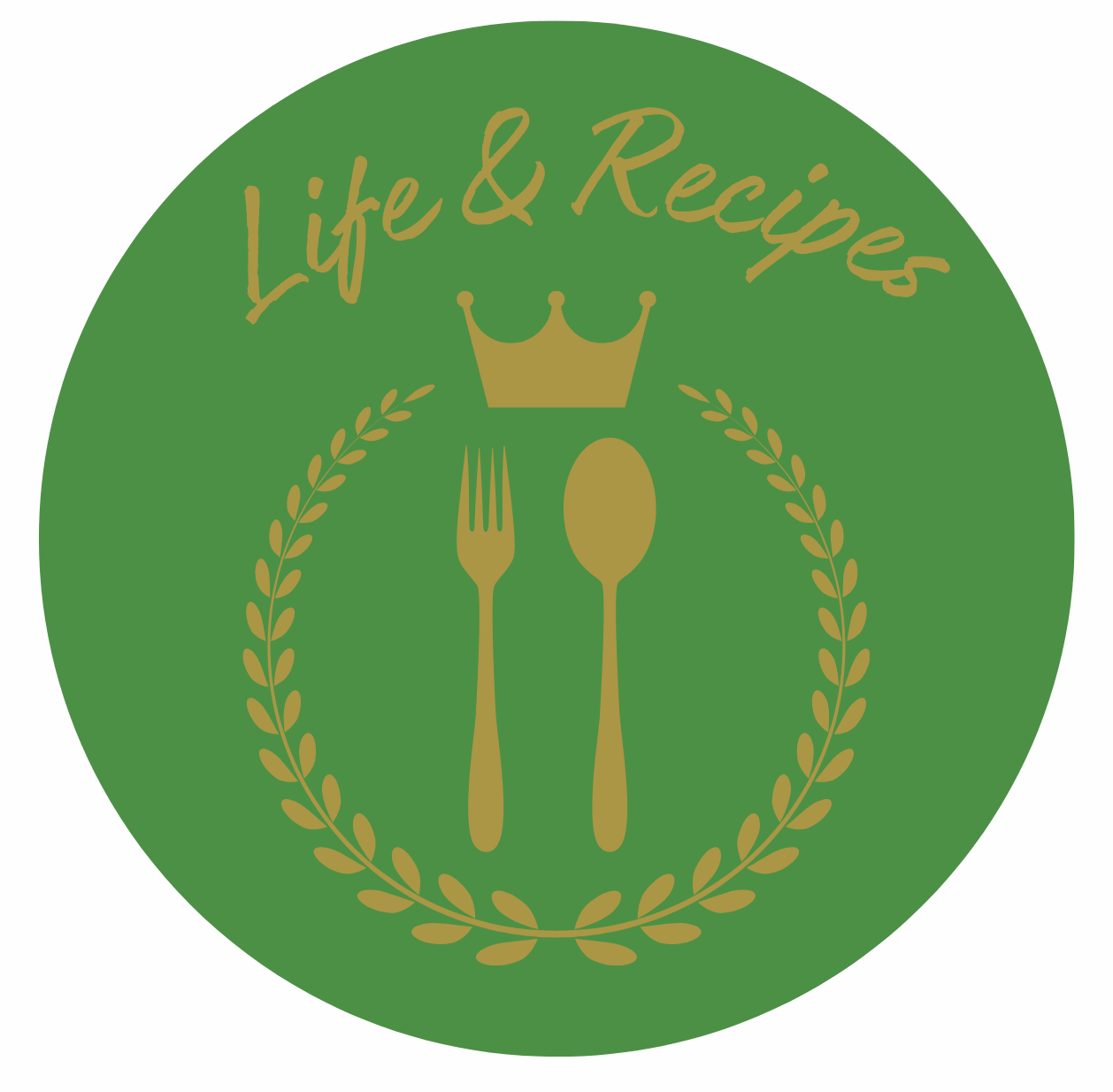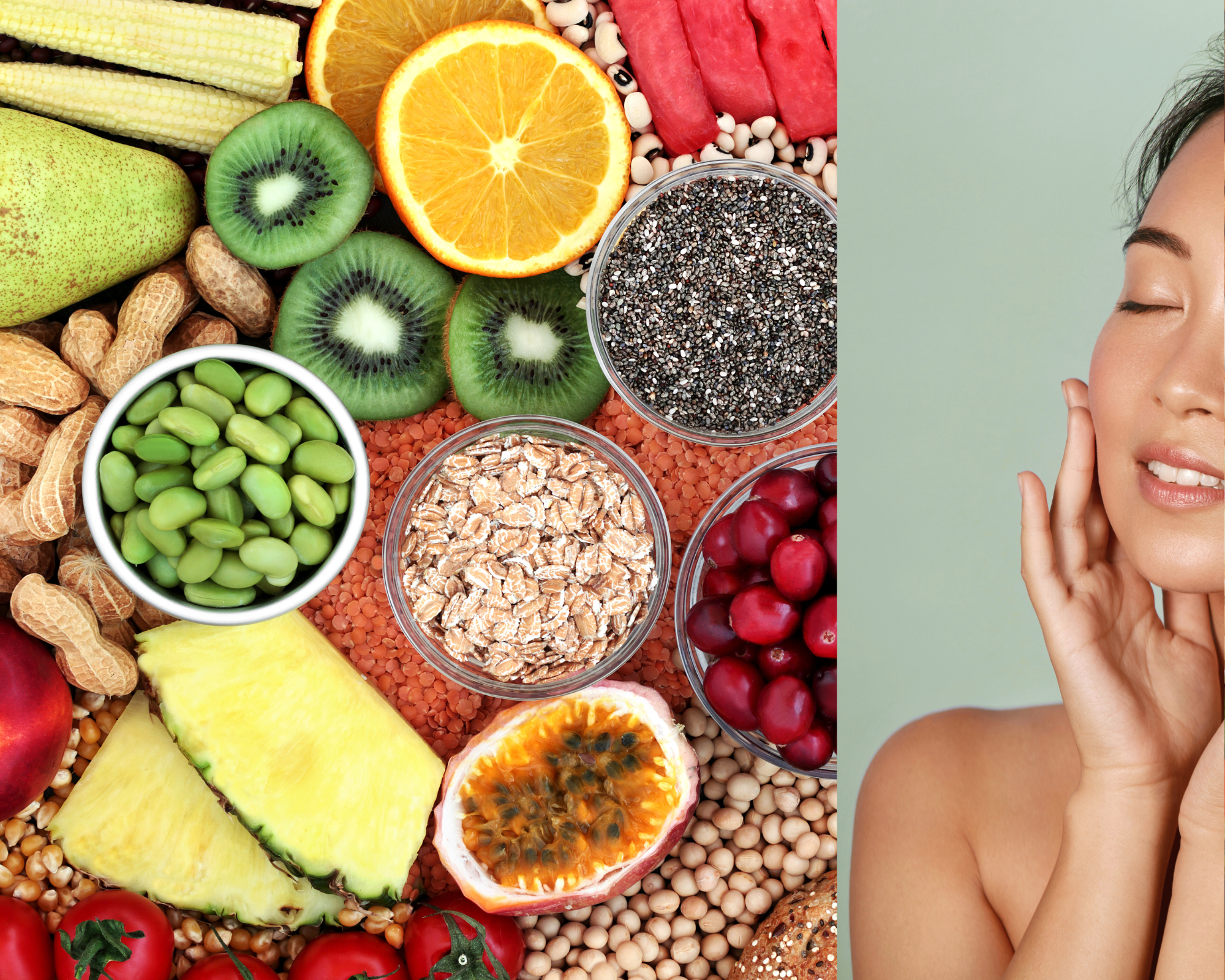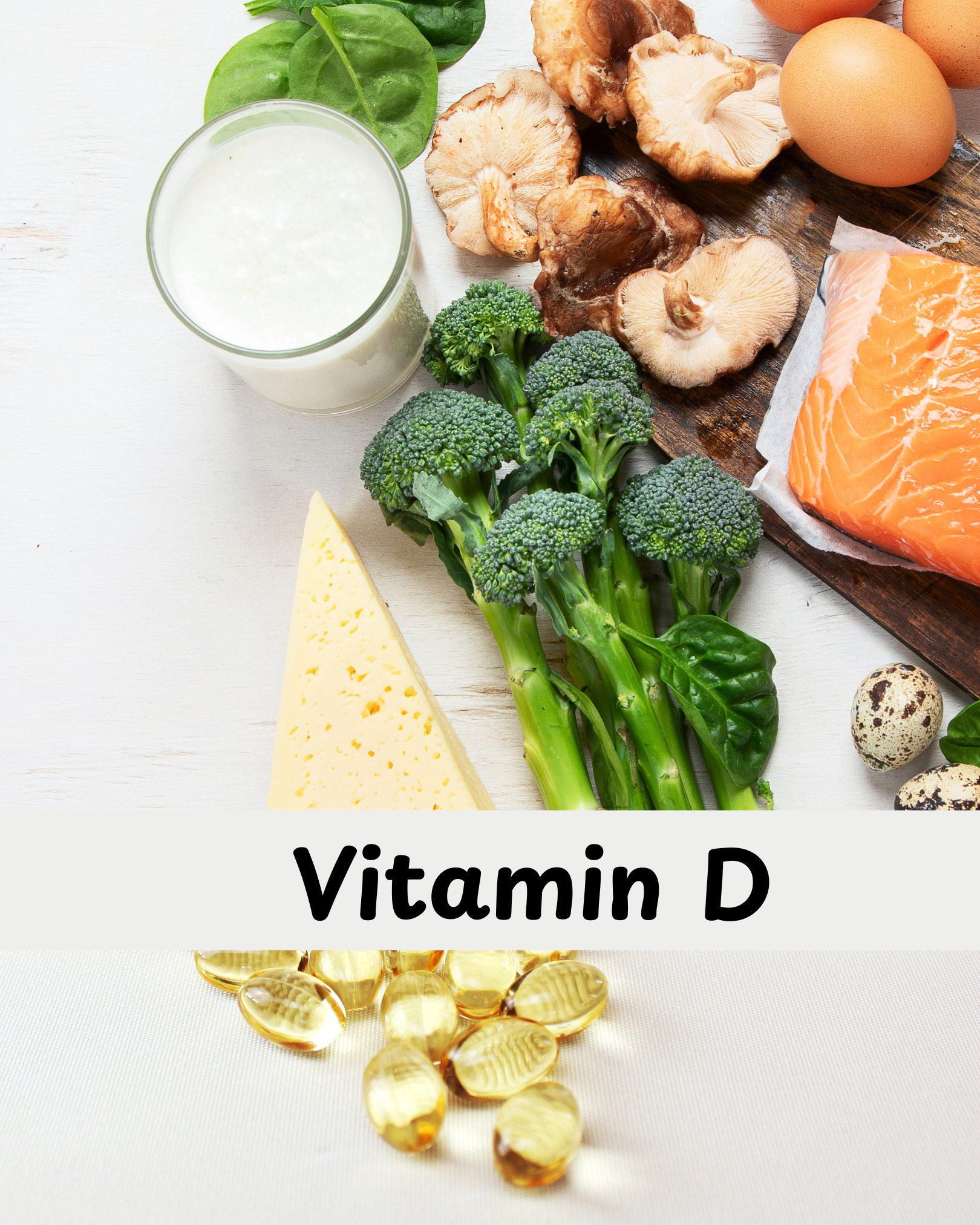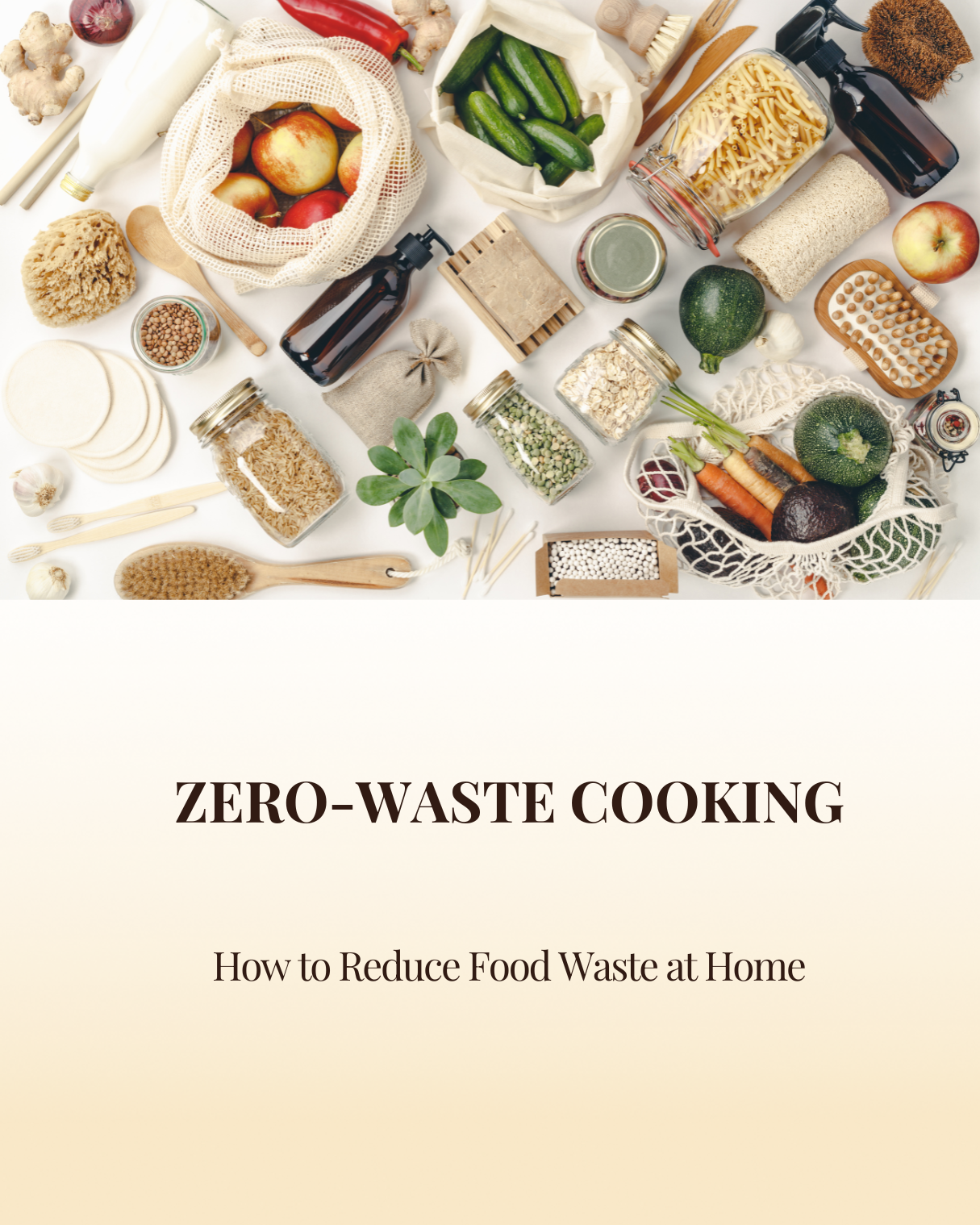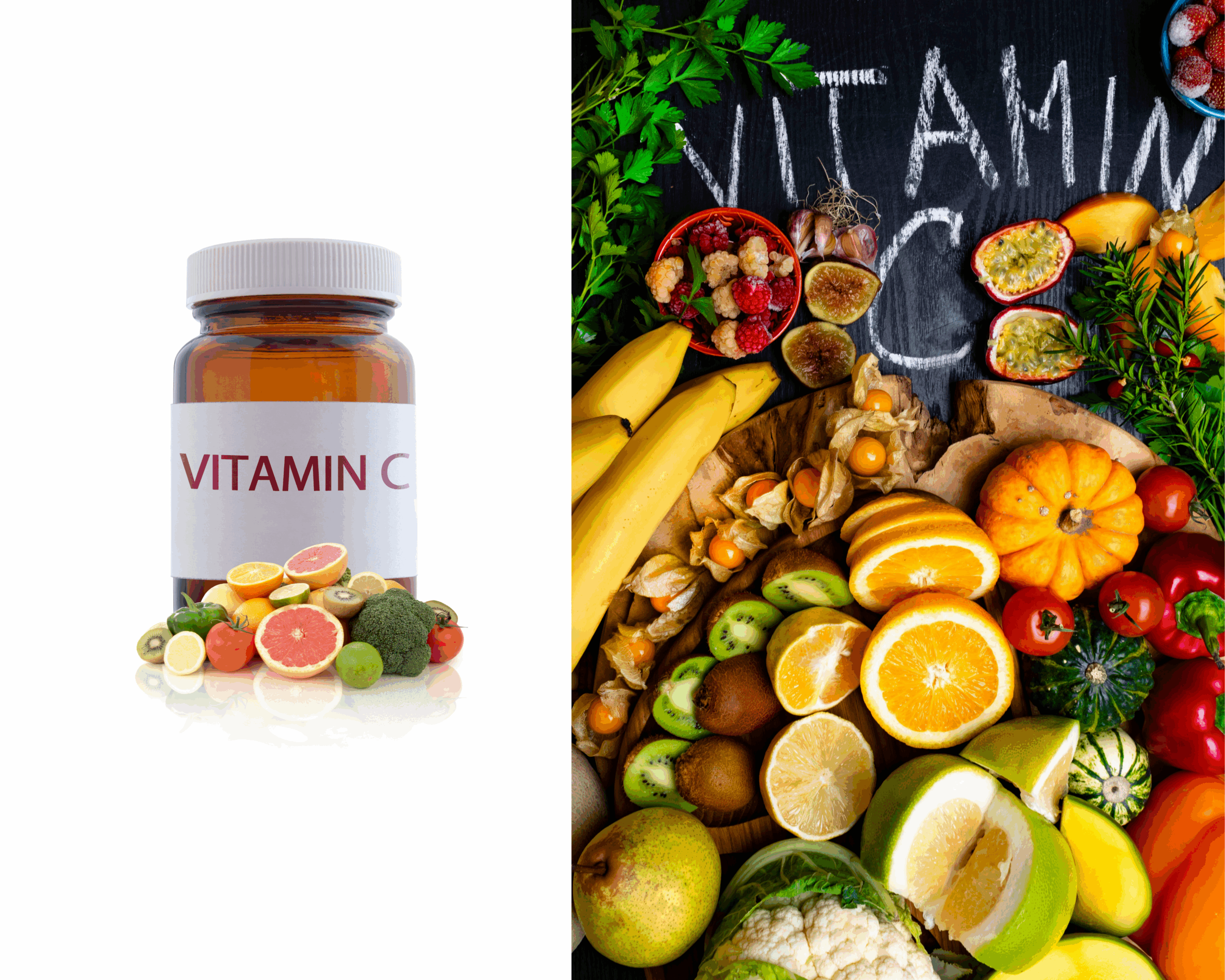The Best Foods and Vitamins for Healthy, Radiant Skin
We all dream of glowing, healthy skin, but true radiance starts from within. While skincare products can help on the surface, what you eat plays a far bigger role in how your skin looks and feels. The right foods can …
